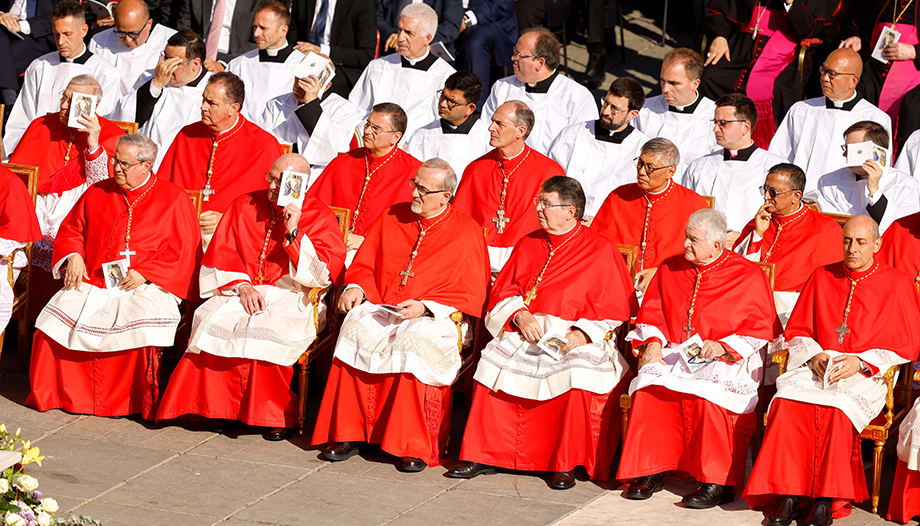Pope Francis has addressed a short but significant letter to the faithful of the world 21 new cardinals of the Catholic Church. In addition to welcoming them to the "clergy of Rome" and reminding them that this membership expresses "the unity of the Church and the bond of all the Churches with this one of Rome," the pontiff highlighted three attitudes that, in his opinion, the new members should have cardinals . Three characteristics that the Pope borrowed from the description of St. John of the Cross by the Argentine poet Francisco Luis Bernárdez: "high eyes, joined hands, bare feet".
In this vein, the Pope explains in the letter that these "High eyes"The "broadening of the gaze and widening of the heart, to be able to look farther and love more universally with greater intensity".
Regarding the "Hands together"Francis points to prayer, which is necessary in the Church "to feed the flock of Christ well. Prayer, which is the field of discernment to help me to seek and find the will of God for our people, and to follow it".
Finally, the "Bare feet"The Pope stresses that they allude to being in those "corners of the world inebriated with pain and suffering due to war, discrimination, persecution, hunger and numerous forms of poverty that will demand so much compassion and mercy from you".
The Pope closed his letter to the new cardinals with a call to a life of service: "may the title of 'servant' - deacon - increasingly overshadow that of 'eminence'.
Majority of Francis' cardinals
The 21 new cardinals will join the College of Cardinals on December 8 in what will be the tenth consistory of Francis' pontificate, making him the Pope with the most cardinals in recent years. cardinal consistories created: 10 in thirteen years, while John Paul II convoked 9 in 24 years, and Benedict XVIfive in his years of pontificate.
At present, the College of Cardinals is composed, in its vast majority, of cardinals appointed by Pope Francis. 111 of them have been created by this Pope while 24 others were appointed by Benedict XVI and only six survive from the period of St. John Paul II.








